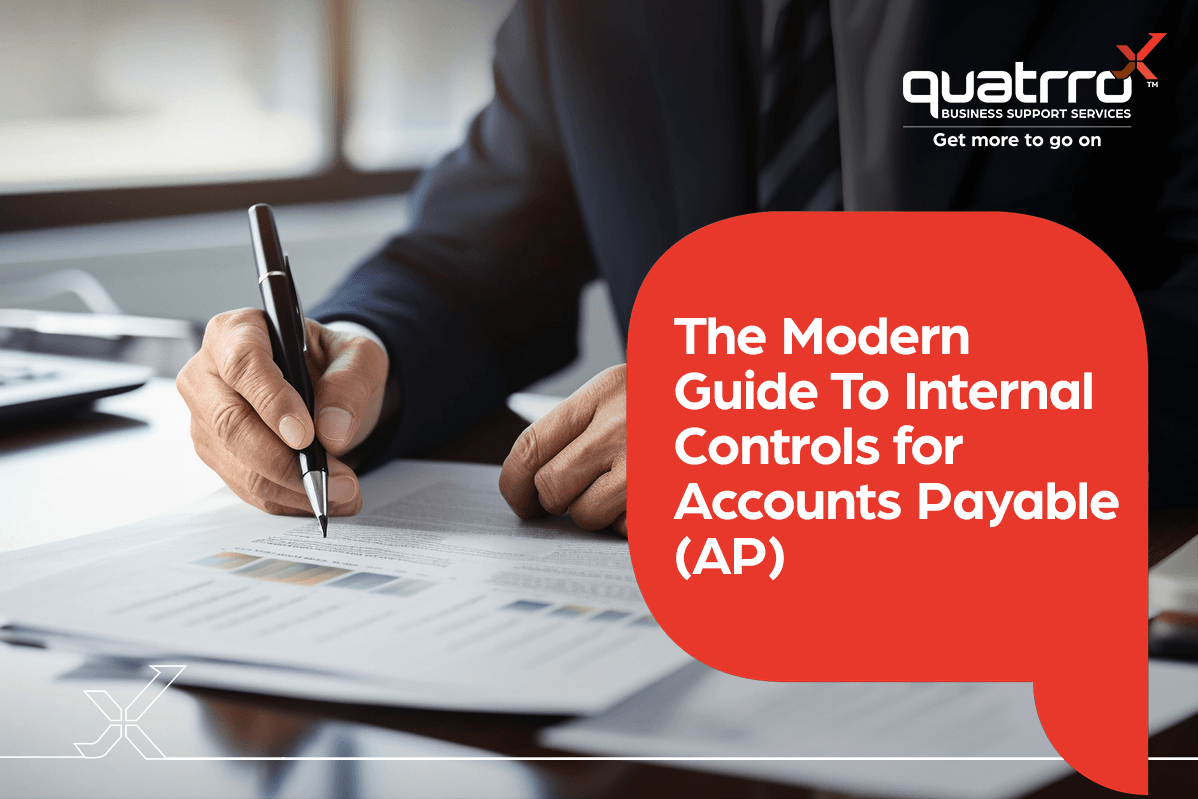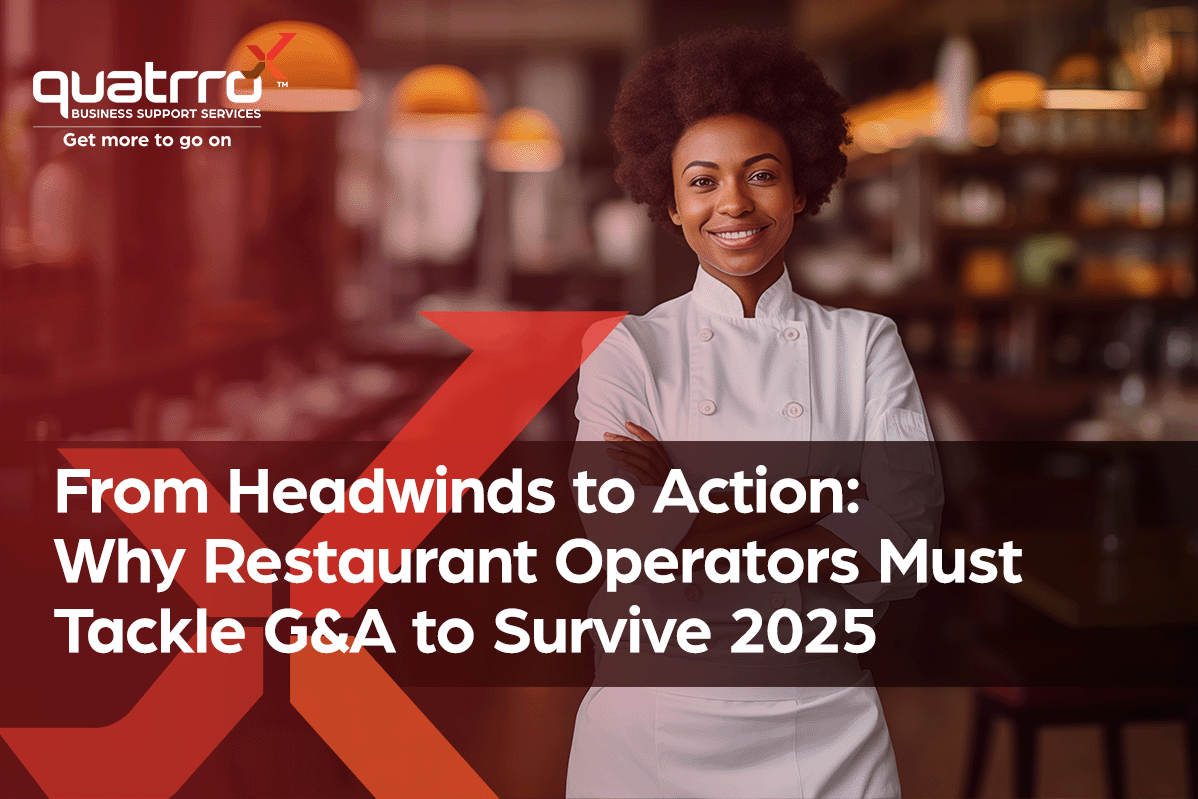Blog Details
The Hidden Crisis: How 82% of Restaurant Failures Could Have Been Prevented
October 16, 2025

The Shocking Reality Behind Restaurant Closures
While the stats may vary depending on where you look, on average more than 1,400 restaurants close their doors permanently every week in the US. That’s 200 or more closures every single day!While some perpetuate the myth that “90% of restaurants fail in their first year,” the reality is more nuanced: only 17% of restaurants actually fail within their first year, according to the U.S. Bureau of Labor Statistics data and UC Berkeley research on “Restaurant Mortality in the Western US.” However, nearly 50% of restaurants fail within five years (U.S. Bureau of Labor Statistics), and the number one cause isn’t bad food or poor location.
According to U.S. Bank studies, 82% of business failures come down to cash flow problems — and restaurants are particularly vulnerable to these financial management disasters.
Here’s what every restaurant owner needs to know: The restaurants that survive aren’t necessarily the ones with the best food. They’re the ones with the best financial controls.
The Three Financial Silent Killers Destroying Restaurants
1. Food Cost Creep: The Invisible Profit Killer
Industry Benchmark: Generally, depending on the type of restaurant, the QBSS restaurant team of experts suggest to clients that food costs should stay between 28-35% of revenue.Without proper tracking systems, food costs can spiral out of control. Common issues include supplier price increases without menu adjustments, portion control problems, and inventory management failures that lead to significant waste. Many restaurant owners lack proper daily food cost tracking systems, which allows problems to compound unnoticed for weeks or months. When menu prices remain unchanged despite rising supplier costs, profit margins silently erode. The absence of portion control standards or recipe cards leads to inconsistent costs and quality, while staff remain unaware of how their decisions and actions impact overall profitability.
2. Labor Cost Spiral: When Payroll Becomes the Profit-Killer
Average Industry Benchmarks:- Quick service restaurants: 23-27% of revenue
- Casual dining: 25-30% of revenue
- Fine dining: 30-35% of revenue
3. Cash Flow Death Spiral: The 30-Day Killer
Poor cash flow management can cause a restaurant to run out of money even when sales appear strong on paper. The gap between daily expenses and customer payments, especially with credit card processing delays, can create dangerous cash shortages that lead to operational crises. Strong weekend sales often mask weak weekday performance, while rent, payroll, and supplier payments due at month-end create perfect storm conditions. Credit card processing delays, seasonal revenue fluctuations, and lack of cash flow forecasting beyond the current week compound these challenges.The Warning Signs That Lead to Restaurant Failure
Restaurant failure rarely happens overnight. Instead, it’s typically the result of multiple financial warning signs that go unnoticed or unaddressed.Financial Red Flags: Restaurant owners should be concerned about inconsistent or delayed financial reporting, which often indicates deeper problems. When operators find themselves relying on credit cards for operational expenses or delaying vendor payments beyond normal terms, these are serious warning signs. Using revenue from busy periods to cover previous months’ expenses creates a dangerous cycle of financial instability.
Operational Warning Signs: Many restaurant failures begin when owners start working excessive hours to “save” on labor costs, often leading to burnout and poor decision-making because they miss the big picture being stuck “in the weeds”. High employee turnover affects service quality and increases training costs. Menu items priced without understanding true costs can silently drain profitability, while reactive rather than proactive financial decision-making keeps restaurants who are constantly putting out fires incapable of building sustainable growth.
Essential Financial Controls That Prevent Restaurant Failure
Successful restaurant financial management requires consistent monitoring and systematic approaches to key performance indicators. The foundation lies in daily monitoring of critical metrics including sales trends, labor cost percentages, and cash position tracking. Weekly financial reviews should involve deeper analysis through profit and loss reporting, food cost analysis by category, and cash flow forecasting. Monthly strategic analysis allows for comprehensive performance evaluation, menu profitability assessment, and risk management reviews.Performance benchmarking against industry standards becomes critical for long-term success. With some variations by type or restaurant, prime costs, generally food and labor expenses, should remain within 60-65% of revenue. Labor costs should stay below 30% of revenue for most restaurant types, while food costs should remain within the 28-35% range. You should maintain net profit margins around at least 3-5% to ensure business sustainability.
Beyond Basic Bookkeeping: Professional Restaurant Financial Management
The ideal restaurant-specific financial management setup provides real-time intelligence through integrated dashboards that connect with POS systems, inventory management, and payroll systems. The integration of all those data sources enables automated alerts to let you know when costs exceed predetermined thresholds and provides scenario-based cash flow forecasting.Industry-specific expertise includes understanding restaurant-specific tax strategies, knowledge of seasonal cash flow patterns, and experience with compliance requirements. Professional financial management should deliver strategic partnership value through menu engineering analysis, location expansion modelling, and competitive positioning assessments.
Proven Results: Professional restaurant financial management should consistently deliver measurable improvements in profit margins, cost control, and cash flow predictability. Operational benefits include significant reduction in financial surprises, improved decision-making speed through better data availability, and enhanced strategic planning capabilities.
The True Cost of Poor Financial Management
Over 72,000 restaurants closed in the US in 2024 alone (National Restaurant Association), with 82% of business failures stemming from cash flow problems. Restaurant closures typically result in significant financial losses for owners and franchise operators, often including personal guarantees on loans and leases, lost initial investment, and missed opportunity costs from years of effort.The choice is clear: restaurant owners can invest in proper financial controls and management, or risk becoming another closure statistic. The restaurants that thrive long-term are those that treat financial management with the same importance as food quality and customer service.
Transform Your Restaurant’s Financial Future with QBSS
Don’t become another restaurant closure statistic. At Quatrro Business Support Services (QBSS), we specialize in restaurant accounting and financial management that goes far beyond basic bookkeeping, with restaurant financial experts who understand the unique challenges of the food service industry — from managing food cost volatility and optimizing labor scheduling to ensuring healthy cash flow during seasonal fluctuations.While other accounting firms treat restaurants like any other business, QBSS understands that your prime costs, seasonal cash flow patterns, and operational complexities require specialized expertise, and we’ve helped thousands of restaurants move towards sustainable profitability through comprehensive services including timely financial reporting, daily deposit verification, third-party delivery reconciliations and dispute management, and Business Intelligence and data analytics projects.
You didn’t open your restaurant to become an accountant — you opened it to succeed. Let QBSS handle the financial complexities while you focus on creating exceptional dining experiences and building a profitable, sustainable business. Take action before it’s too late.
Contact QBSS today to schedule a conversation about your restaurant’s financial health and discover exactly where your hidden profit leaks are occurring and how our specialized expertise can transform your restaurant’s financial performance.
Latest Insights
Related Blogs
Contact Us







